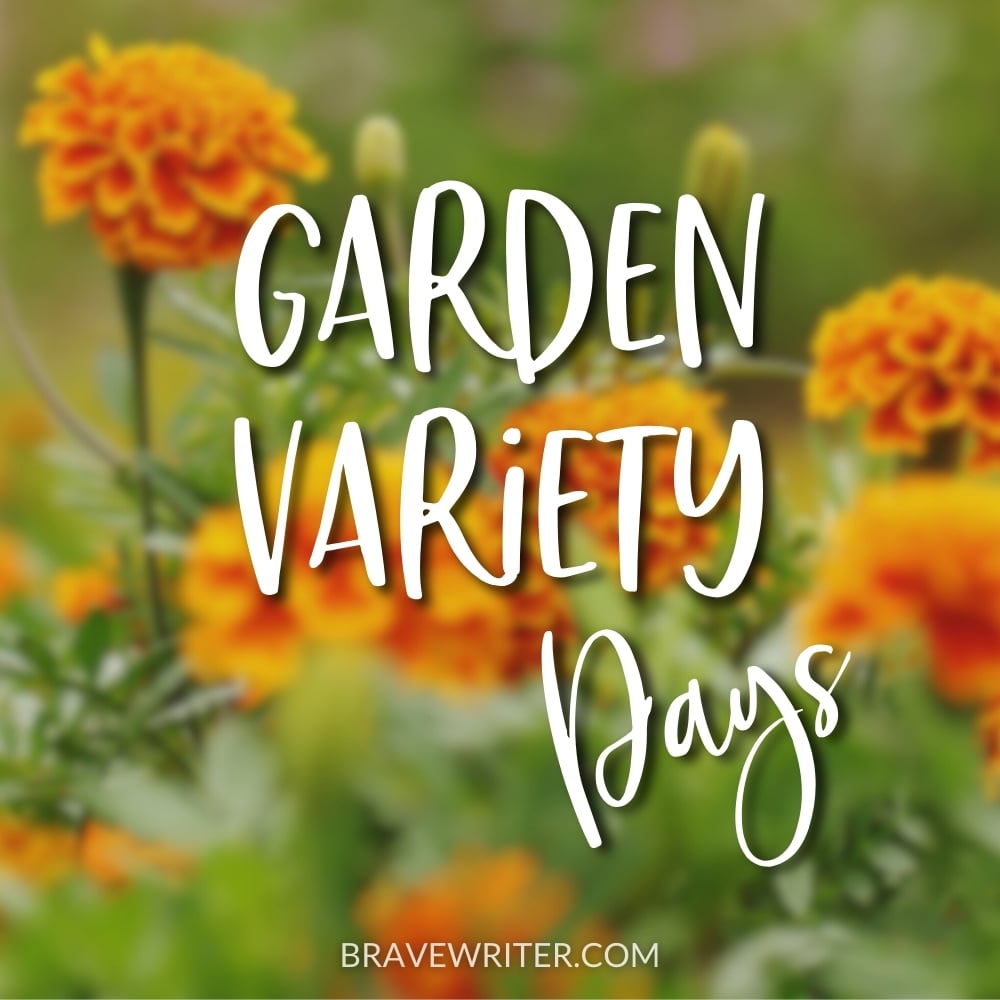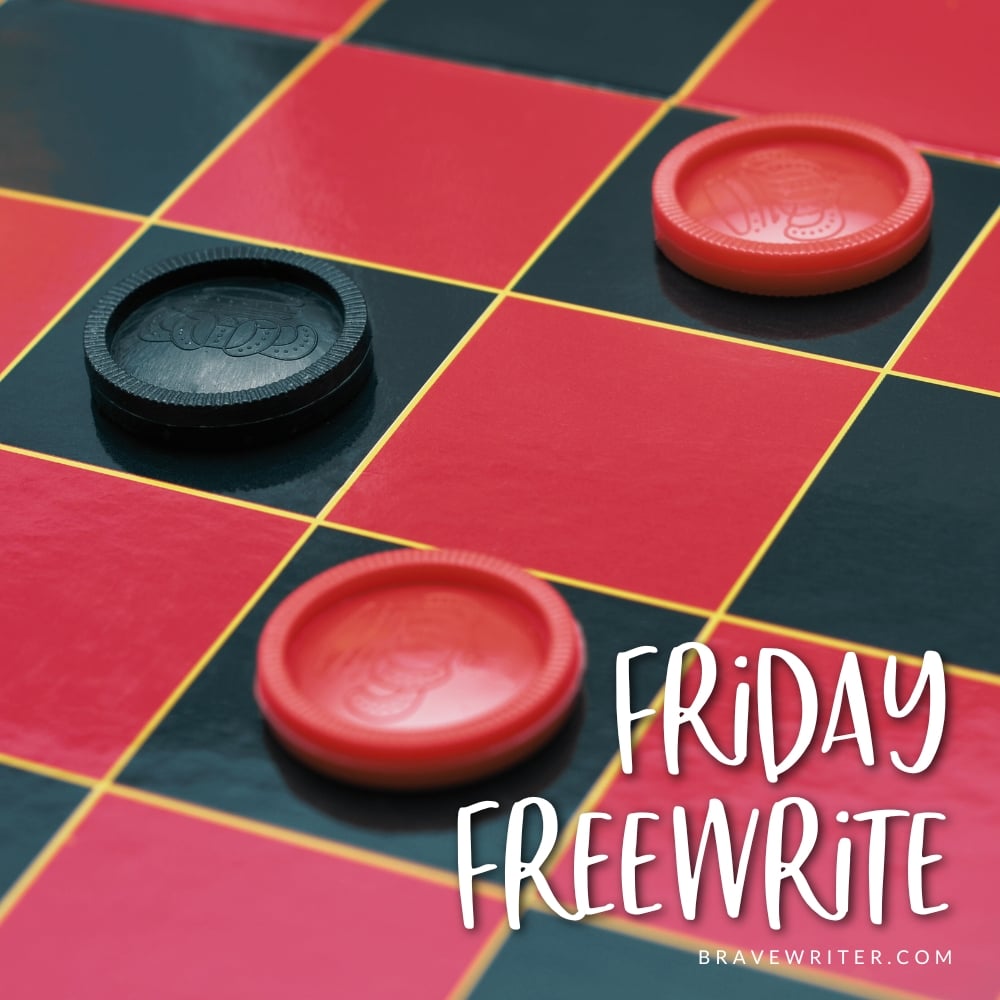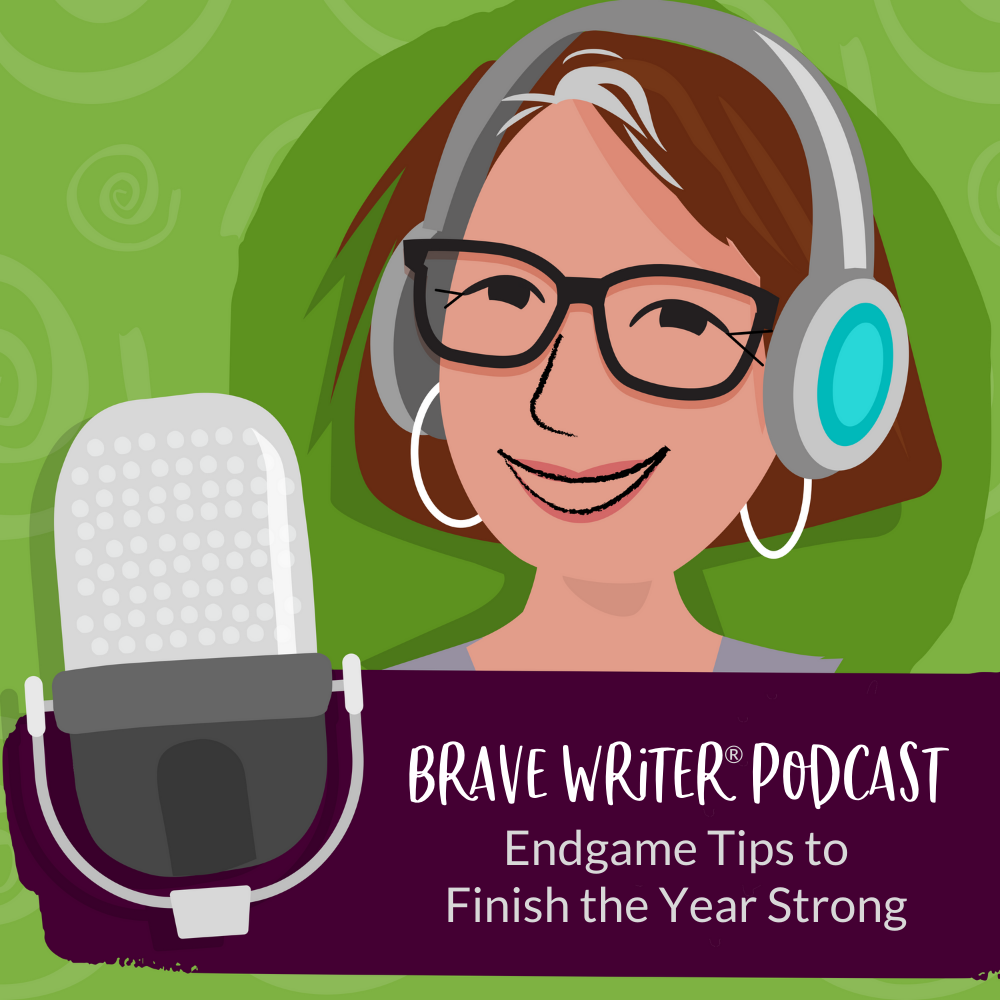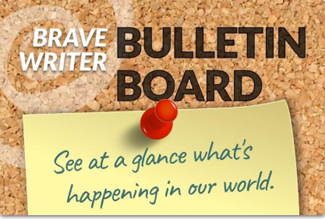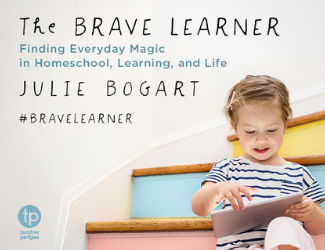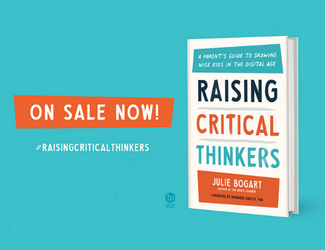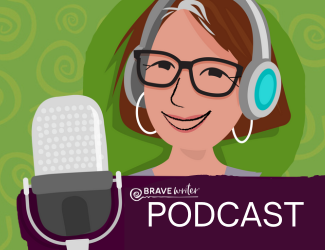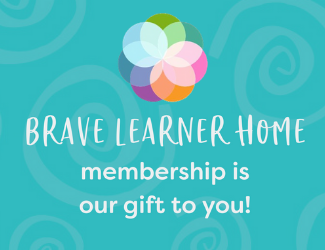
Today’s Try It activity is from the A Rover’s Story Arrow by Jasmine Warga.
Concise Colors!
- Grab a big box of crayons, colored pencils, or markers. Or head online to find virtual paint chips!
- Walk around the house and search for colorful items. Green walls, a blue couch, a kaleidoscope mug, or even your brown dog would work!
- Using your color tools, zero in on the color that best matches your item.
Perhaps that purple bedroom is violet. The gray cat might be manatee gray, while a red flower in the garden sports shades of vermillion.
Colors are a powerful descriptive writing tool!
Enjoy the color hunt alone, or play with the color words to create a poem or micro-story!
P.S. Try it activities like this are found in each Dart (8-10), Arrow (11-12), Boomerang (13-14), and Slingshot (15-18)! Grab one of our Literature Singles and invite wordplay into your day!


